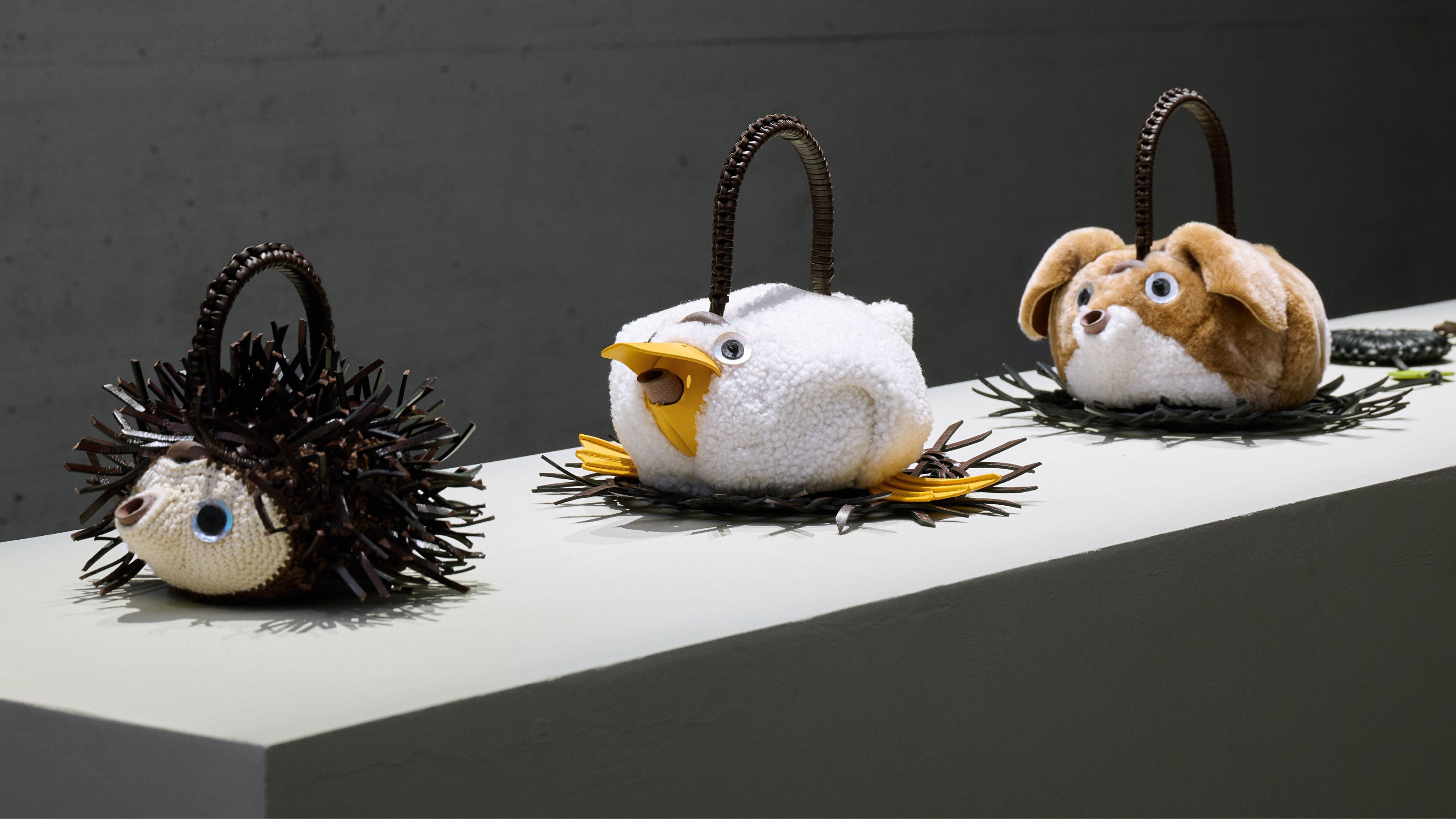
Last New York Fashion Week, contemporary label Eckhaus Latta took over the decidedly not-contemporary, 1927-founded Russian Tea Room on 57th Street — partnering with Tinder, no less, for a post-runway afterparty. Months earlier, Kylie Jenner sat down with British Vogue for afternoon tea to celebrate her cover. And recently, a satellite friend of mine texted me with a proposition: tea. Which, for two young adults in design-adjacent fields living in New York, felt... a little off-book.
Not dinner (too expected). Not drinks (hard to justify a round of martinis on a Sunday afternoon). Afternoon tea, though, feels novel. An old-school ritual, freshly recast as youth culture. It’s popping up in brand activations, FYPs, and across tables stacked with suspiciously photogenic fake "fruit" pastries and increasingly borrowed dinnerware sets. Some are too busy to notice — they're preoccupied whipping up their own finger sandwiches and matcha-flavored scones. But why?
Superficially, tea’s just collaborating. With everyone. Ralph’s Coffee at Ralph Lauren. Lily of the Valley with Dior. This isn’t your humble teabag-in-a-mug. It’s high-production-value tea: tiered trays, linen napkins, and a high-fashion price tag to match.
Because “tea” as a verb now implies cost — $95 or so per person and up. Not that it has to. Tea bags are cents, and hot water’s still free. But high tea has an insider quality — a barrier to entry that, predictably, makes it aspirational.
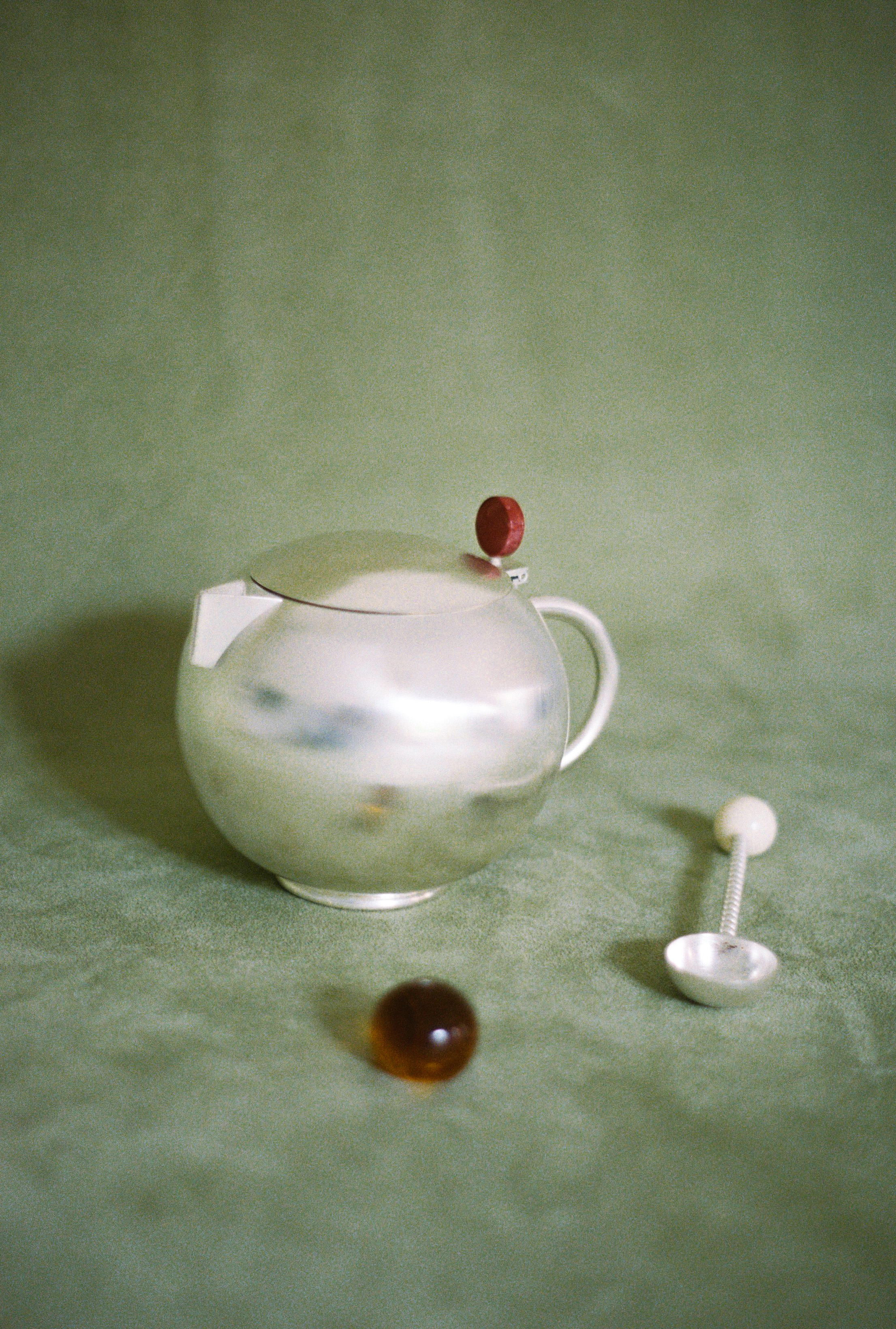
Its appeal lies in the usual cocktail of youth trends: part irony, part nostalgia, maybe even a dash of secret reverence. Think Sofia Coppola’s Marie Antoinette (2006), scored with The Strokes and dripping in Ladurée.
It’s not about accuracy. It’s about excess. About laughing with a macaron halfway in your mouth while the cream spills to your left, and the teacups shake to “I Want Candy.”
So it’s this “tea time diva” archetype who operates on the same logic as crystals or caviar: take something outdated, add irony and expense, and suddenly it’s taste. Because the right people are doing it — and the objects themselves are catching up.
Take L’OBJET. Its Haas Brothers “Jjana” Teapot — a whimsically “furry” porcelain creature with 24K gold lips and feet — is worlds away from anything in your grandmother’s china cabinet. At Artemest, the energy is similarly irreverent — though paradoxically, given the ritual’s British roots, much of the reinvention feels distinctly Italian.
“As tea time enjoys a revival, Italian artisans are infusing the ritual with whimsy and artistry,” says Artemest co-founder Ippolita Rostagno, pointing to sculptural standouts like the Victoria Teapot designed by Bethan Gray for Editions Milano and the Iperbole yellow ceramic carafe by Paolo Santangelo — both of which “turn the act of pouring tea into a playful performance — where tradition is reinterpreted with a contemporary twist.”
Still, it isn't just the Italians — it's everyone. For instance, at this past Milan Design Week, LOEWE commissioned 25 artists, designers, and architects hailing from Lebanon to Japan to reinterpret one thing only: the teapot.
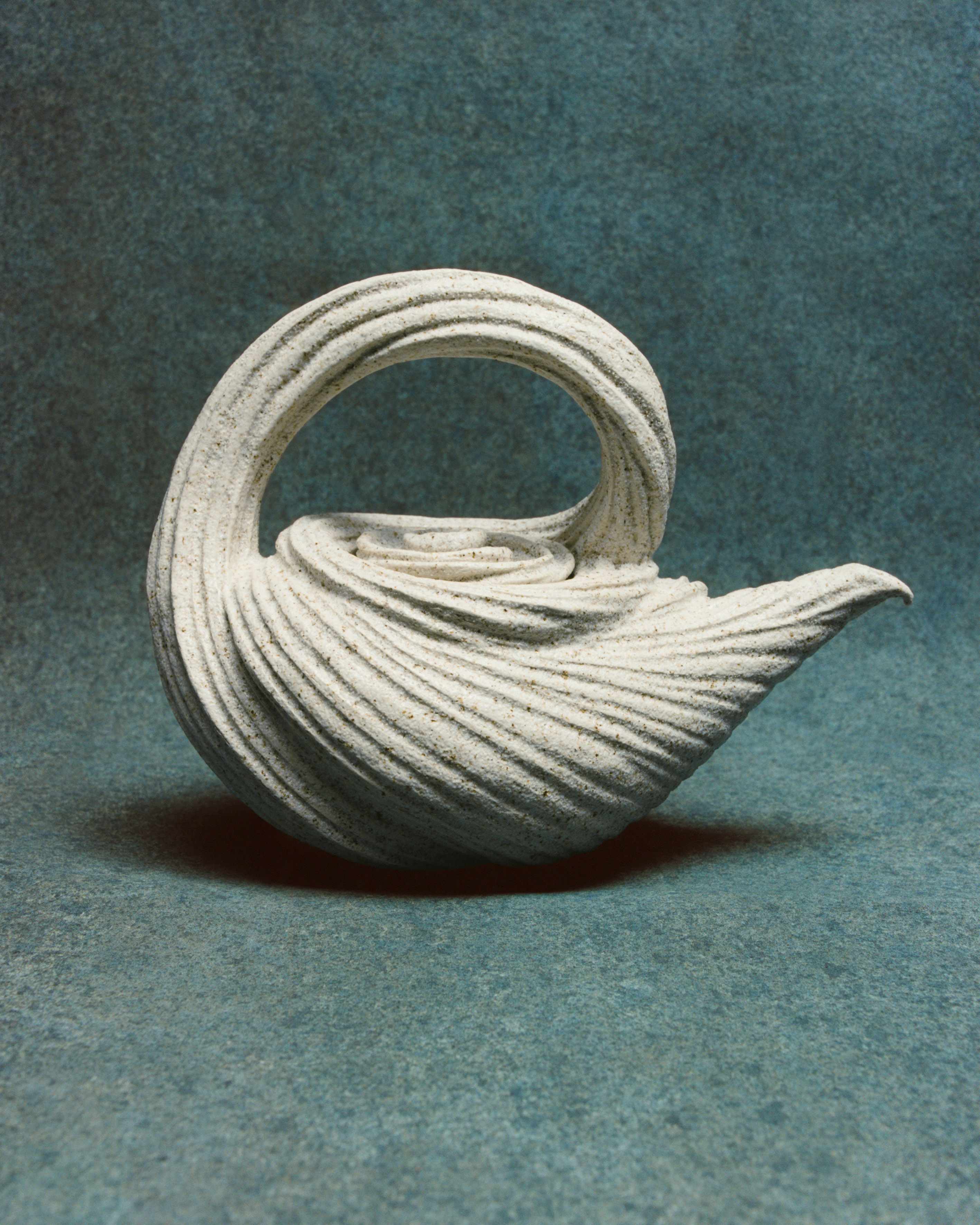
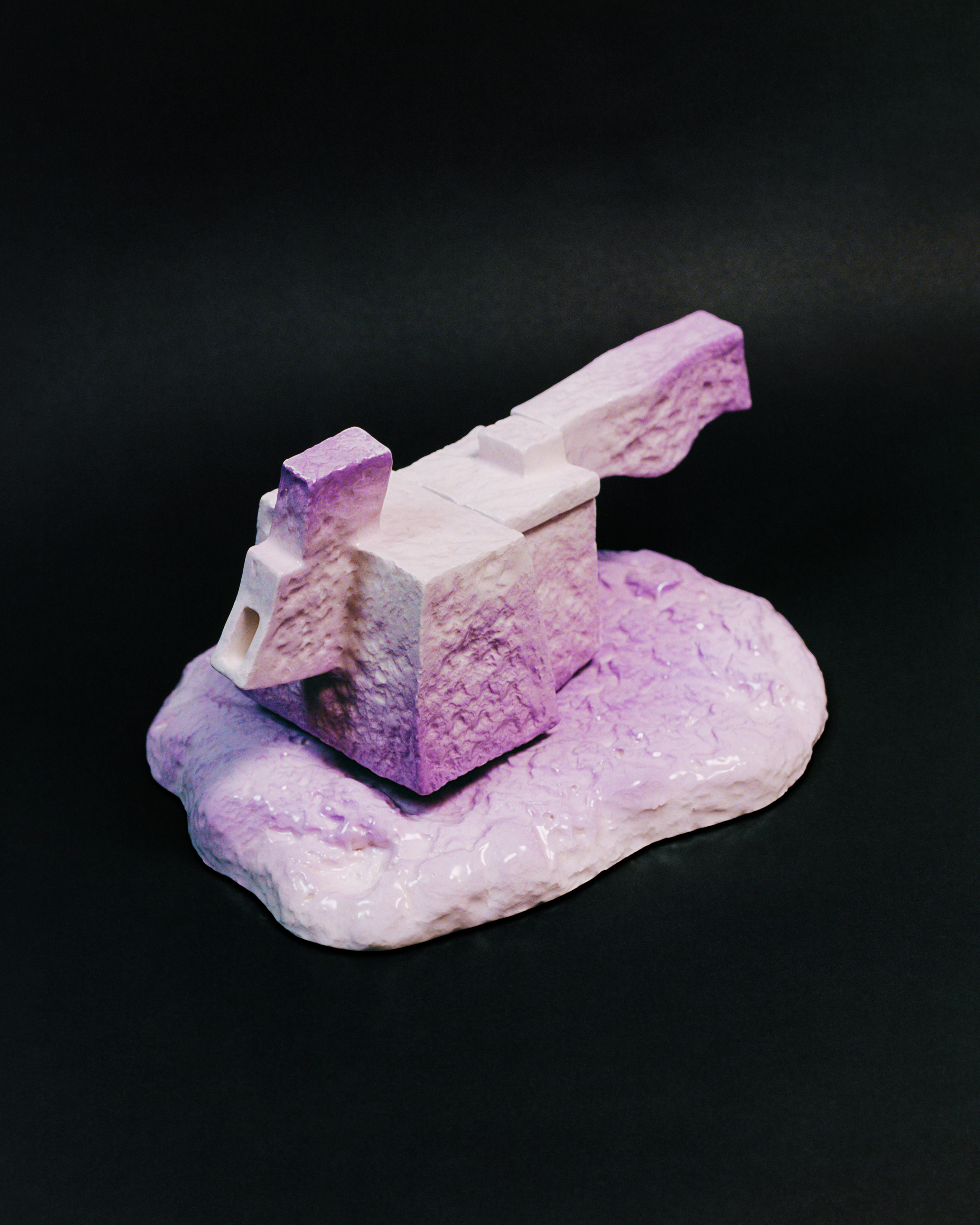

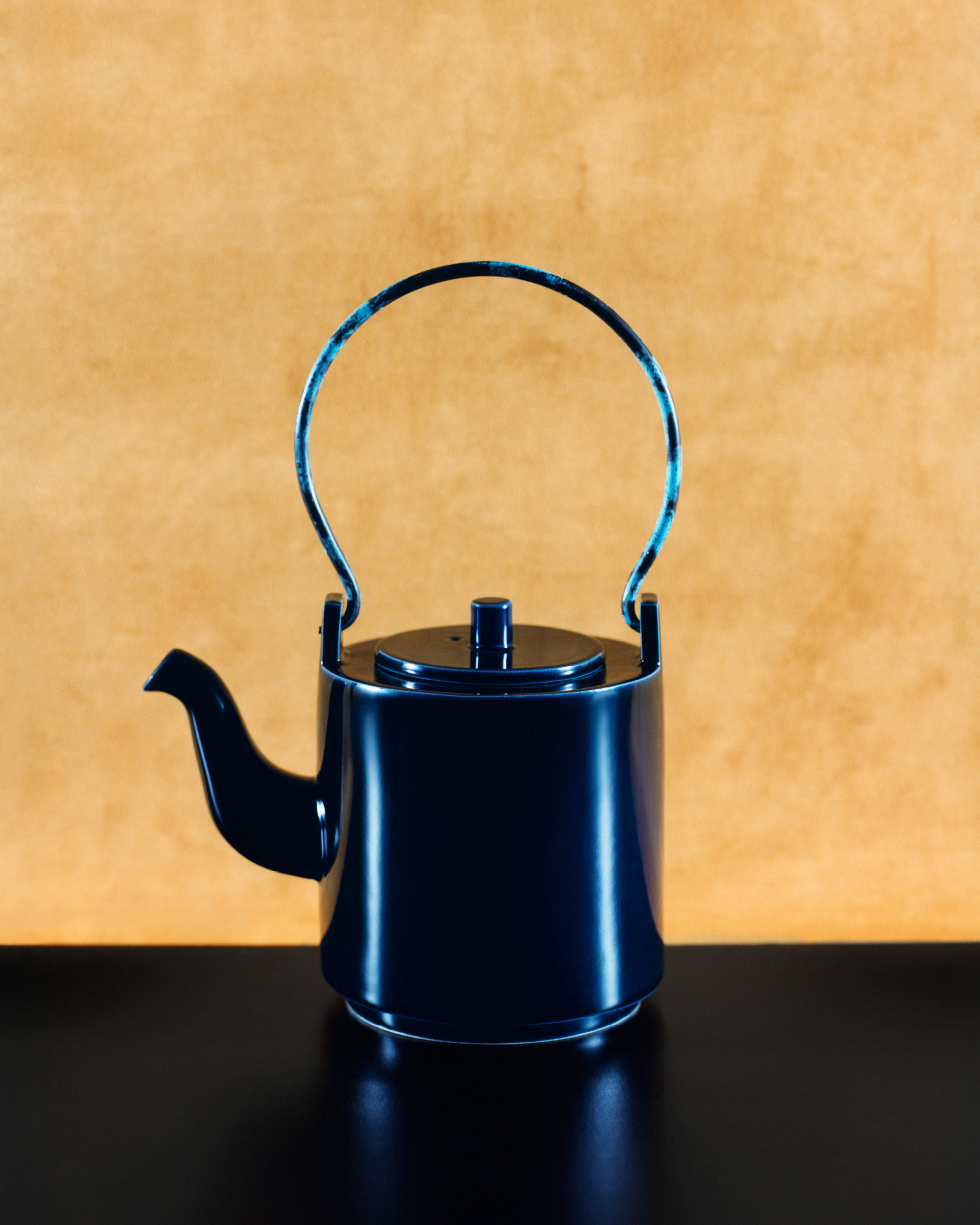
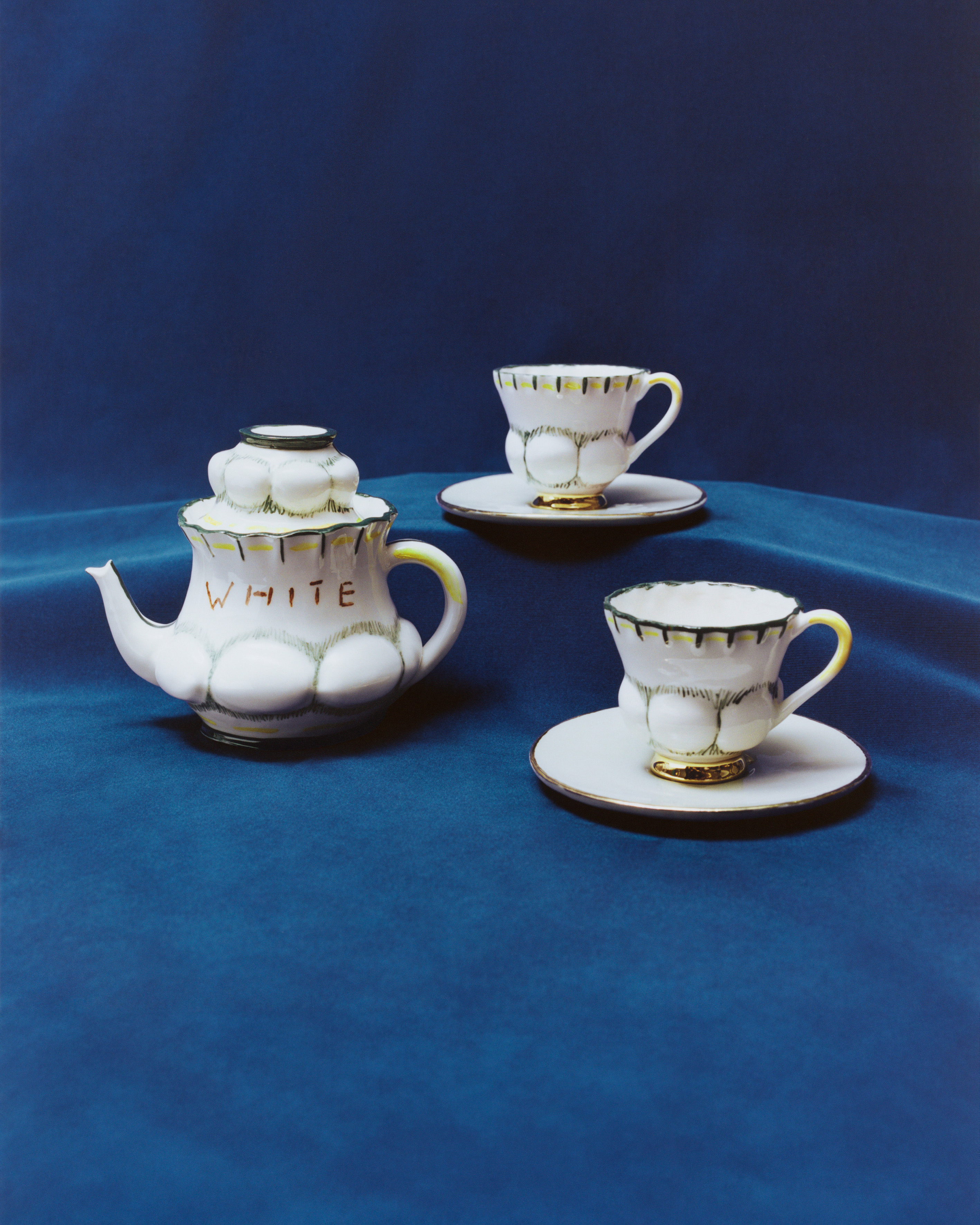
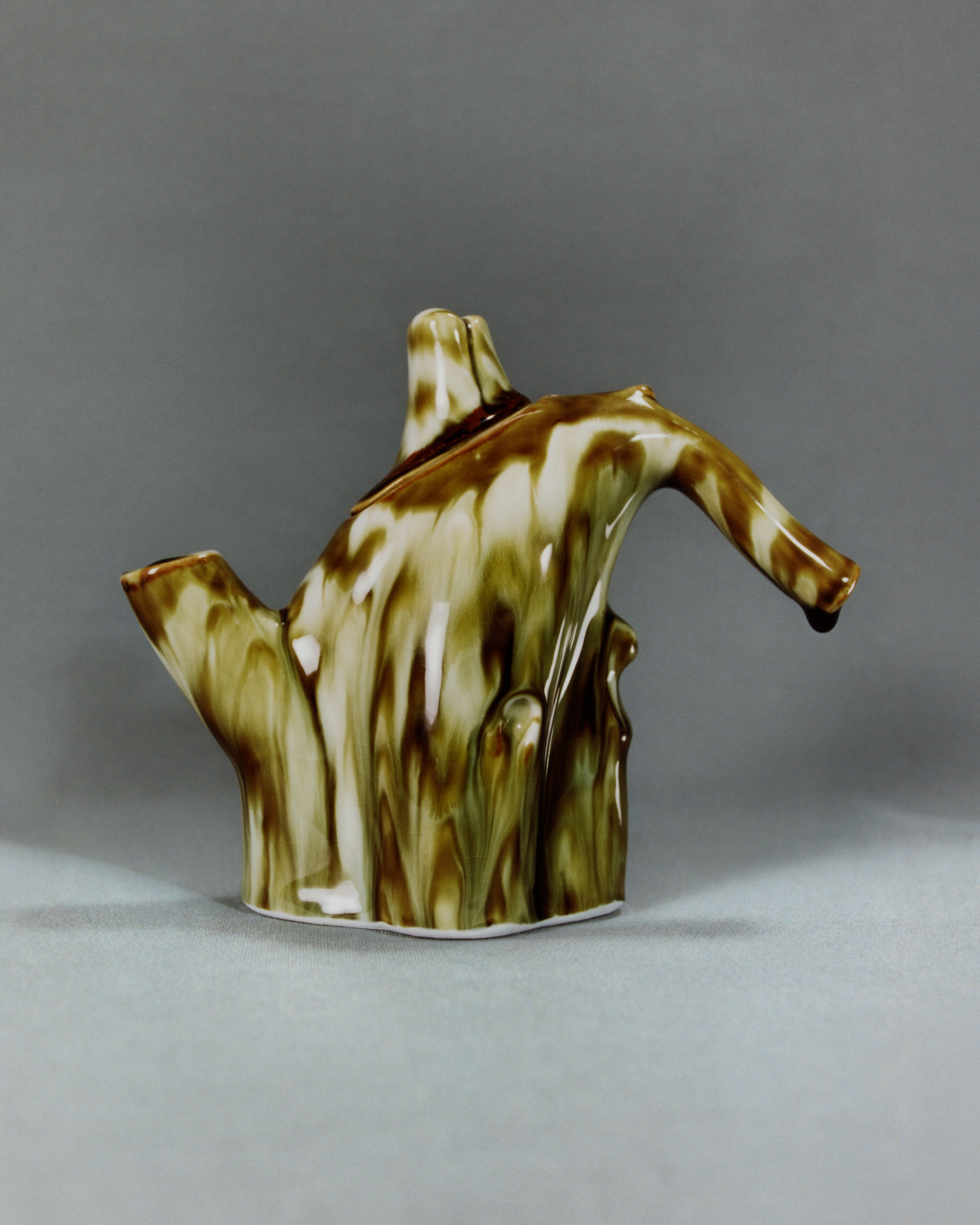


Yes — another fashion reference — but the movement isn’t just about aesthetics. Like the dinner party’s return, tea taps into a deeper appetite for slowness. “Teatime,” says Stanislas Le Bert, CEO of L’OBJET, “responds to [youth’s] desire to seek experiences that feel luxurious, cozy, enhancing social connection, with a slower pace of interaction.”
That’s echoed by Jackie Fazekas, founder of FAZEEK. “Tea offers a grounding, intentional ritual in contrast to the fast-paced, always-on culture,” she says. Her cheerful Two Tone Teapots were designed for groups of three or four — meant to replace a bottle of wine with something steeped.
Of course, just because the ritual’s slowed down doesn’t mean the theatrics have. Across major cities, tea service is getting stranger, splashier — and occasionally airborne, like at "Balloons at the Palace," where patrons sip herbal blends while dangling over Dubai.
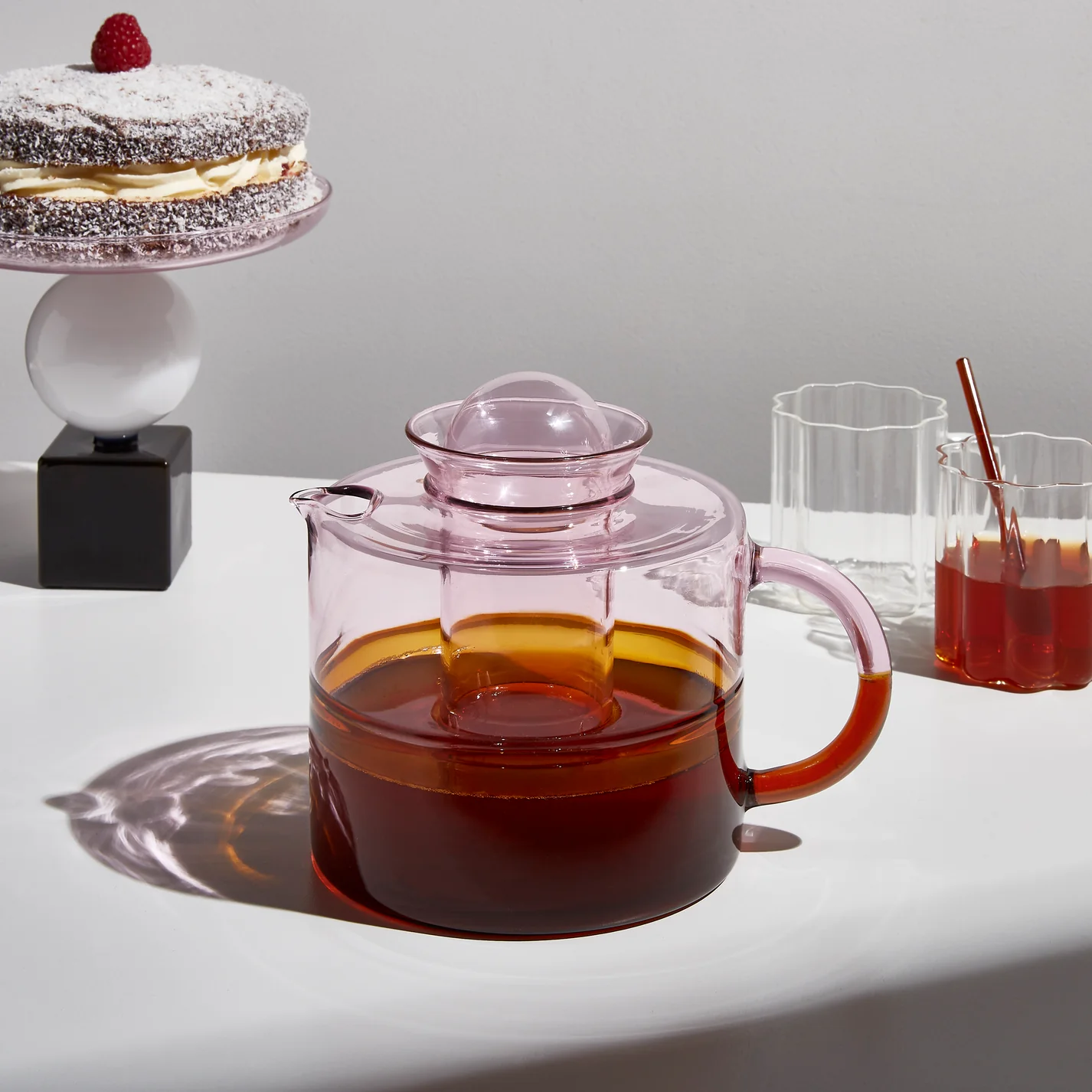
“Luxury is no longer only consumed, but also, and more than ever, experienced,” says Stanislas. “There is a growing interest from young generations to live qualitative moments with their loved ones — with curated pastries, beautiful table settings, including for teatime.”
In the end, everything from the guest list to the teacups edges closer to performance art. And no, it’s not exactly Versailles. But in a culture obsessed with wellness, ritual, and expensive little objects, high tea hits the sweet spot: curated, photogenic, and just ironic enough to play.
Call it camp. Call it coping. Just don’t call it quaint.
Cream or sugar? This CB2 set, designed in collaboration with Brett Beldock, makes a strong case for both — with cool stainless steel construction and warm brass accents.
It’s 2025, and no one escapes cabbageware — not even the most illustrious tea drinkers. This petite teapot, designed by Lauren Santo Domingo, feels a little more avant-garde than your grandmother’s originals, with complex pink-tinged variations.
Tom Dixon’s teacup duo would look completely out of place in a Victorian-style room — and that’s exactly the point. It’s a natural fit for modern homes and minimal spaces, or an interesting foil against rooms that are anything but.
Swarovski’s bling plus Rosenthal’s porcelain artistry equals — a very pretty teapot. The two legacy houses have collabed, and this one’s the crown jewel. Or crystal, rather — engraved with Swarovski’s iconic swan, finished in a candy-colored blue glaze and gossamer-thin gold accents.
No one is doing young-and-cool high-tea serviceware quite like creative homeware brand POLSPOTTEN. Case in point: this multi-tiered, multi-colored, multi-patterned tea stand — complete with a skewered teacup on top. Pile on the snacks and let go of formalities.
Green quartz beads frame the handle of Natalia Criado’s teacup, gleaming like jewelry against silver-plated brass. Notice the thickness of the saucer below — it elevates the cup like the platform-worthy piece of art that it is.
Meanwhile, another cool-kid table is being set — and it’s covered in modern crystal tableware.







